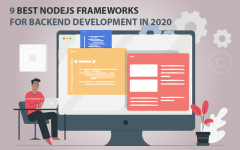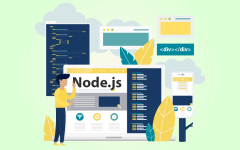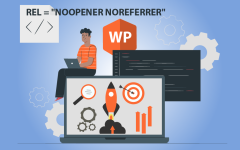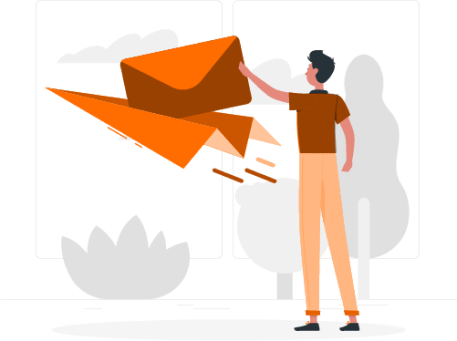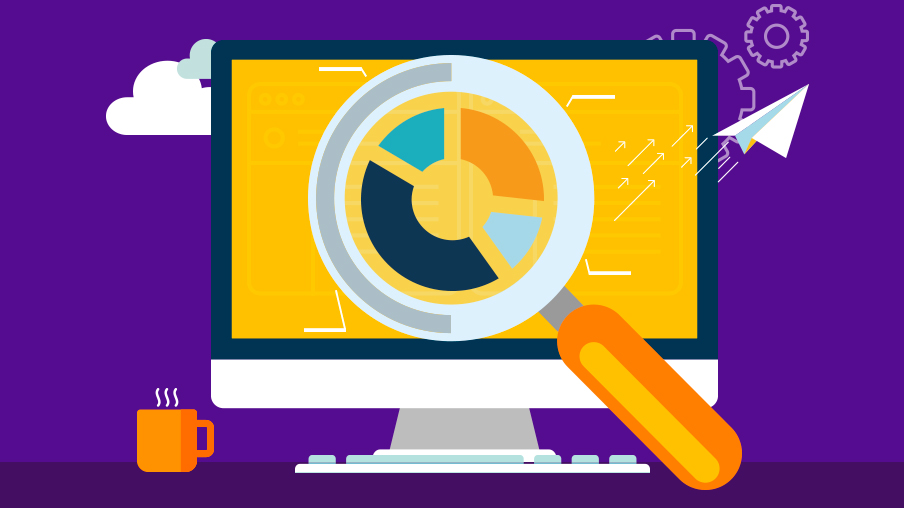
ABOUT THE CLIENT
Our client is a wellness and beauty clinic. Their advantages are the use of the latest technologies and their staff of experienced professionals.
SEO and PPC are the channels bringing in the largest number of requests, so high attention is paid to internal and external optimization of the company’s website to skyrocket SEO promotion.
INTRODUCTION AND BASIC SEO PROCESS
We began working on the SEO promotion of this cryotherapy center in early 2017. As a part of our campaign, we:
- perform internal and external optimization;
- boost the backlinks profile;
- increase brand awareness;
- work on analytics, and collect data weekly and monthly to track the dynamics of traffic, requests, keywords, and other indicators.
In the screenshot below, you can see the dynamics of traffic growth from the beginning of 2017 to the middle of 2018.
First of all, the site was SEO optimized:
- an audit was conducted;
- technical errors were corrected;
- a competitive analysis was performed;
- a semantic core was assembled;
- titles, descriptors, and keywords were optimized;
- image alt tags were optimized;
- monthly link attraction activities were carried out;
- articles with information keywords and infographics were posted.
You can see a steady increase in traffic resulting from basic internal optimization and regular attraction work.
But over time, the of search engine traffic slowed down, and the increase was insignificant in the following months. For example, the comparison of November and December 2017 shows only a 12.66% increase, or 116 users:
The number of requests grew with the increase in traffic from search engines. That is, traffic should be boosted to get more requests from SEO. Taking into account this pattern, we set a goal to double traffic, and we implemented a new strategy that would help us achieve this goal.
OUR SEO SOLUTIONS
An in-depth analysis was carried out, and based on its results, a new strategy for internal optimization was compiled. Its aim was to stimulate the best traffic dynamics in accordance with requests. We worked on 3 parameters that mainly influenced the subsequent result.
SITE STRUCTURE
Site structure is the placement order of pages, sections, and categories relative to the main page. The structure makes the site user-friendly and stimulates its promotion.
We analyzed the structure of competitors’ sites, traffic for each of their landing pages, and keywords for those pages.
The site structure can be flat (category – subcategory – landing page) or multi-dimensional (with filters and tags). We used a flat, simplified structure.
Next, we combined the structure of competitors’ sites and left only those categories and landing pages that were relevant to the promoted site.
Our revisions to the site structure gave us a structure with maximum coverage that exceeds the competitors’ coverage.
Next, we filtered each page by keywords:
- deleted pages without keywords;
- combined pages with small numbers of keywords;
- divided pages with large numbers of keywords into multiple pages.
We took into account the regional identity of the site when selecting keywords. Also, we used an interesting technique, and found that expensive keywords with relatively low competition were preferable to cheap ones.
Meta tags and texts were optimized for the keywords obtained.
To sum up:
- We expanded the site’s structure, and determined the number and types of landing pages. We increased the number of pages, adding 7 landing pages for each branch of service.
- We reduced the embedding level and achieved the best number of embedded pages (3), meaning that a user who wants to go from the main page to a landing (service) page needs to make no more than 3 clicks.
- We expanded the list of keywords and used them for new landing pages. 8 keywords were assigned to each landing page (3 low-frequency, 3 mid-frequency, and 2 high-frequency).
CONTENT OF LANDING PAGES
Today, the content seen by users is very important for determining which information is “rewarded” by a search engine on a particular topic.
We analyzed the content of Top 10 domains to find the keywords we needed, paying special attention to the texts’ volume, structure, and meaning. We determined the structure of landing pages and volume of information, and wrote unique texts using the keywords distributed in advance. We used exact match keywords in headlines and broad match modifier keywords in the text itself.
Exact match – a keyword used in text in an unchanged form.
Broad match modifier – a keyword used in text in a modified form. For example, it may be supplemented with other words, verbs may be conjugated, nouns may change from plural to singular and vice versa, etc.
For all landing pages, we used 5 blocks as a basis:
- header and call-to-action;
- general information;
- detailed descriptions of services or a cocktails;
- for whom each service or the cocktail is designed;
- cost and call-to-action.
Texts on a site should be error-free and show proficiency in a considered topic. The texts we used were written with experts’ participation. It is also worth noting that these were LSI texts.
LSI texts are content that is relevant to the user’s intent, not keywords.
To sum up:
- We analyzed texts of competitors from the TOP 10 using the selected keywords, and determined structure, volume, and the most popular keywords.
- We determined 5 main blocks that were used for all landing pages.
- We wrote texts for people, not search engines, and at the same time, used the necessary keywords with exact matches in headlines and keywords, and with a broad match modifier in the text itself.
USABILITY
Current trends show that for SEO to work better, close attention should be paid to usability optimization.
Usability is the convenience of site applications to visitors.
In terms of behavioral factors, both browsing time and depth increase. If a user is highly interested, the chances of them reaching a conversion page increase, leading to an increase in profits. Other indicators also grow, such as user loyalty to the site. If a visitor does not send an application immediately, they may return and do it later.
When analyzing competitors’ usability, it is important to assess not only direct competitors but also industry leaders in related fields. It is also important to try to walk in the user’s shoes.
We analyzed competitors, made a usability audit of the client’s site, and also interviewed some targeted visitors. We then compiled a list of things to be changed and implemented.
Minor edits were introduced, such as:
- call-to-action on functional links;
- a navigation system was supplemented with descriptive links;
- button location was corrected;
- content was formatted, and paragraph spacing was added.
Also, usability indicators were significantly affected by the following changes:
- new navigation structure: we changed a header, made it simpler and more understandable, and arranged menu items in descending order of popularity;
- we changed colors and contrast: all banners contain rich colors that attract the users’ attention;
- we added widgets for linking with keywords in a blog. It is now possible to get to a page right from the blog. You can view details on the screenshot.
TRAFFIC RESULTS
April
All of the above changes were introduced at the end of April 2018. At that time, traffic ranged from 50 to 100 people daily from the organic channel.
In April, we had the following traffic indicators:
- Users – 1,695;
- New Users – 1,600;
- Sessions – 2,072;
- Bounce Rate – 0,82%;
- Pages / Session – 3,85;
- Avg. Session Duration – 00:01:38.
The comparison with the previous month:
May
In early May (immediately after introducing changes), you can see a rapid increase in traffic. The month of May saw an average fluctuation of 200-300 users per day.
In May, we had the following traffic indicators:
- Users – 1,863;
- New Users – 1,750;
- Sessions – 2,314;
- Bounce Rate – 0,52%;
- Pages / Session – 4,16;
- Avg. Session Duration – 00:01:43.
The comparison with the previous month:
JUNE
The sharpest fluctuation took place in June, 2018. In June, we had the following traffic indicators:
- Users – 2,981;
- New Users – 2,835;
- Sessions – 3,537;
- Bounce Rate – 1,02%;
- Pages / Session – 4,12;
- Avg. Session Duration – 00:01:44.
The comparison with the previous month:
JULY
We got the maximum indicators in July and were able to maintain the same level. In July, we had the following traffic indicators:
- Users – 3,985;
- New Users – 3,736;
- Sessions – 4,695;
- Bounce Rate – 0,96%;
- Pages / Session – 3,85;
- Avg. Session Duration – 00:01:41.
The comparison with the previous month:
CONCLUSION
Over a period of 3 months, since the introduction of changes to the site, traffic grew from 1,695 users per month to 3985 users per month, an increase of 2.35 times.


























